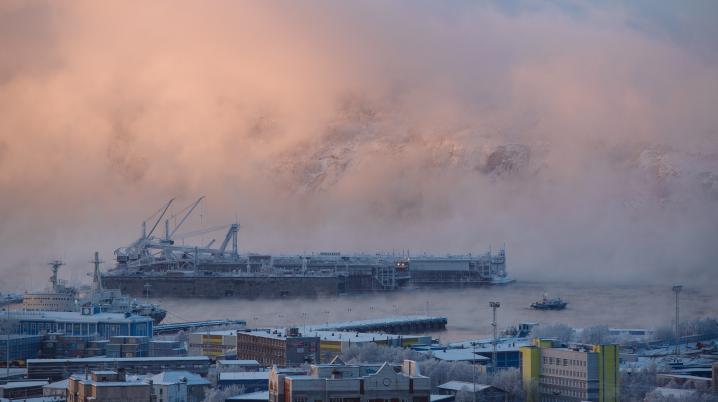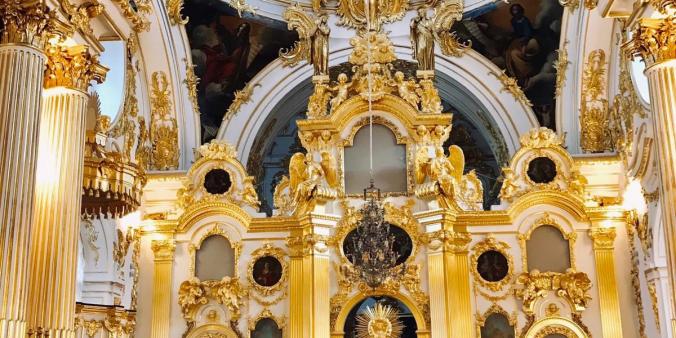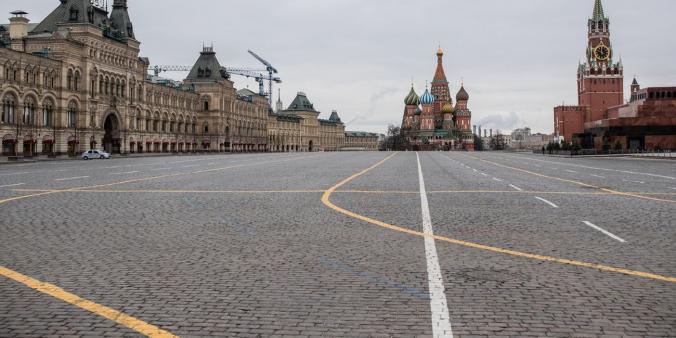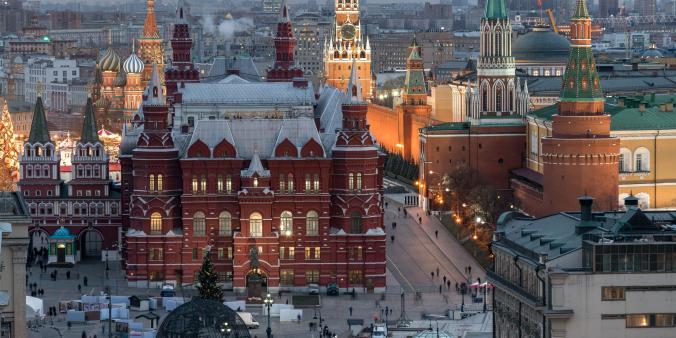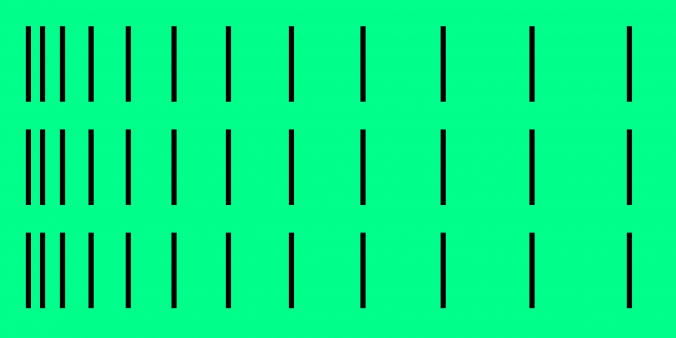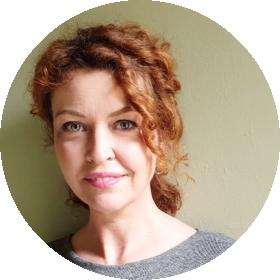
In times of tension and crises, society has often looked to the arts for ways to find a common ground with people we might politically or culturally be at odds with. Creative collaboration defies borders: building bridges and forging friendships with our neighbours. This is the premise of the open call 'Sustainable Cities and Inclusive Design', a Dutch grant program of the Creative Industries Fund NL*. Sonic Acts, an organisation for the research, development and production of works at the intersection of art, science and theory, is one of the participants. We spoke with its director, Lucas van der Velden.
How did you become involved with the programme of the Creative Industries Fund NL?
“We’ve actually been working with our Russian partners Zhanna Guzenko and Oleg Khadartsev from Fridaymilk since 2013. Fridaymilk is an independant cultural organisation based in Murmansk, run by a team of curators, artists and cultural managers.
One of the requirements of the open call of the Creative Industries Fund NL was a focus on long-term developments in urban environments, with topics that include sustainability and inclusivity. In previous collaborations our focus was not primarily the city, but we did produce several projects investigating the urban landscape, such as sound walks and site specific installations. For Murmansk Prospekt we focussed on Murmansk from a social perspective. Its population is declining, young people are moving away as they see no future for themselves in Murmansk. Life in the Far North is tough – there are months of darkness, the climate is harsh and it’s an industrial town. But more important, there is a shared feeling by the young generation that Murmansk has lost its identity, and its inhabitants therefore have lost a feeling of belonging to the city. So the dilemma the youth is facing is whether its better to leave or live.”
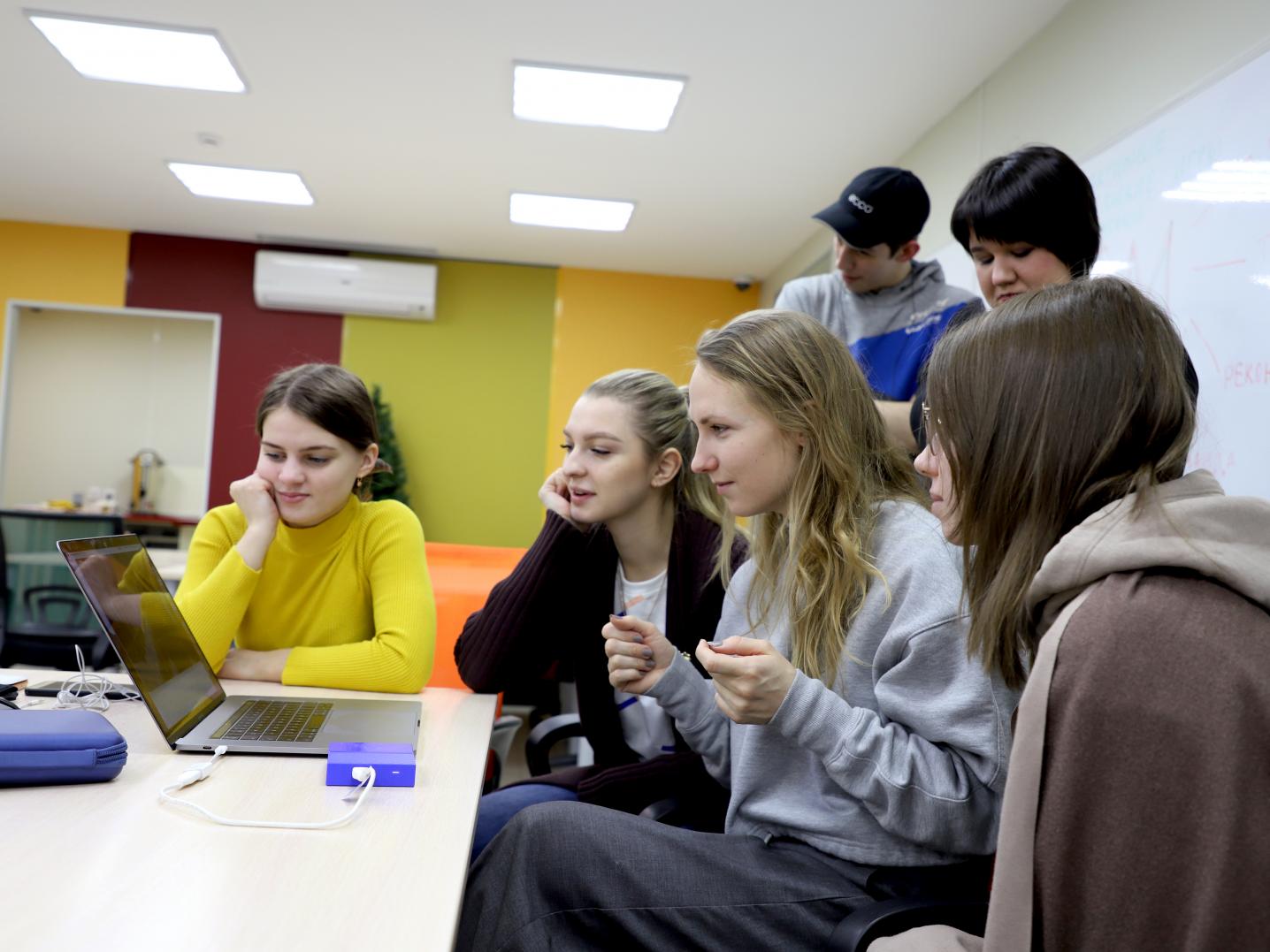
Your project is called Murmansk Prospekt. What does it entail?
"By commissioning artists to research the city and the surrounding area, we attempt to look at Murmansk through a different set of lenses. Using artistic and speculative research we try to reveal the hidden histories and lost identities of the city – to re-imagine and redefine the city – and offer citizens new ways to connect to the city.
So far, there are four projects within Murmansk Prospekt with the city as a study object: two with Russian artists and two with Dutch artists collaborating with local artists. Russian sound artist Gleb Gonti, for instance, made a sonic map of Murmansk, Just Take Time to Listen. It has a dominant feature of industrial noise in coexistence with natural sounds of the North. And Polina Medvedeva, a Dutch-Russian filmmaker, has been working with a group of local young creatives on documenting the invisible and inaccessible side of the city. This includes interviewing friends and relatives, to extend the range of information flow on a personal level and think about what the city is. But Murmansk Prospekt is a work in progress, so there's still more to come."
Why did you choose to work there?
"We became interested in the Barents Region on the border between Russia and Norway in 2012. Its geography and history, and the industrial and ecological situation, resonated with our thematic interest in topics surrounding the Anthropocene, climate change and the industrialisation of natural resources. The area has a complicated history. The Sámi population, the only indigenous people, has rapidly decreased in the twentieth century due to violent repression in Russia as well as in the neighbouring countries of Sweden, Finland and Norway. The majority of the residents have no historical roots in the region, but came from all over the Soviet-Union.
When natural resources were discovered, people were brought in to work in the mines and processing plants, and there was an influx of immigrants from all over. It is still a heavily industrialised area that provides metals, oils and natural gas. There was a big NATO base on the Norwegian side. And during the Cold War, this was the only place in Europe where a NATO country bordered directly on Russia, so the area is also occupied by large military bases. Murmansk also harbours the Northern fleet including a large nuclear fleet, which means a large part of its harbour is a restricted zone. It's a huge city, but it was only founded a century ago. And it is isolated and far removed from everything, so it has also been neglected in many ways."
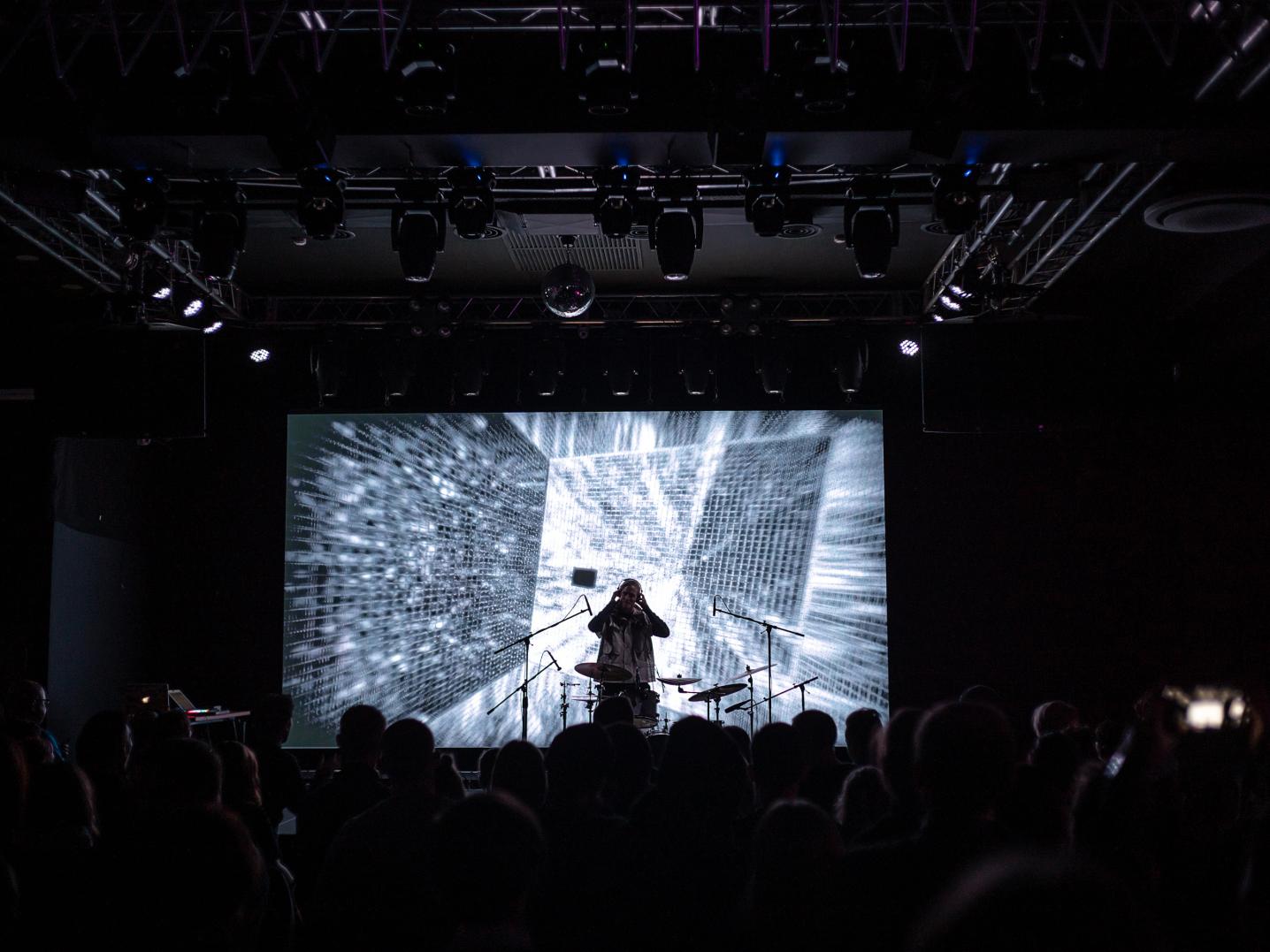
It doesn’t sound like a cultural hotspot.
"Well, maybe not in the traditional sense. But for us the primary reason to collaborate with Fridaymilk and to operate in the Barents region is that we are interested in rethinking art, and we are interested in new ways of collaborating and organising art, as opposed to working within the traditional and established cultural infrastructure we have in the Netherlands. Since we started working there it has proven to be a very inspiring environment for the artists we have worked with and the continuing exchange has also proven to be very fruitful."
What are some of the obstacles and challenges you face?
"On a political level the European-Russian relationship has been a strained one in recent years, which is precisely why these collaborations are such a good idea. It shows that the political reality is not the only one that counts. Of course there are many obstacles and challenges. Collaborations between countries with such different systems pose constant challenges. What is a given in the Netherlands might be impossible in Russia and the other way around. It reminds us of the fact that the way we do things in the west is not a given.
It's important for us to listen to our partner, because we don't know the local rules and the possible consequences. Another big difference is of course the lack of funding for cultural activities in Murmansk. So it's wonderful to be able to develop projects there through programmes like the grant of the Creative Industries Fund NL. Without it, these types of projects would be impossible. Through these types of funding programmes, we're able to generate an enormous amount of access. To capital, to people, to technologies... And this has proven results."
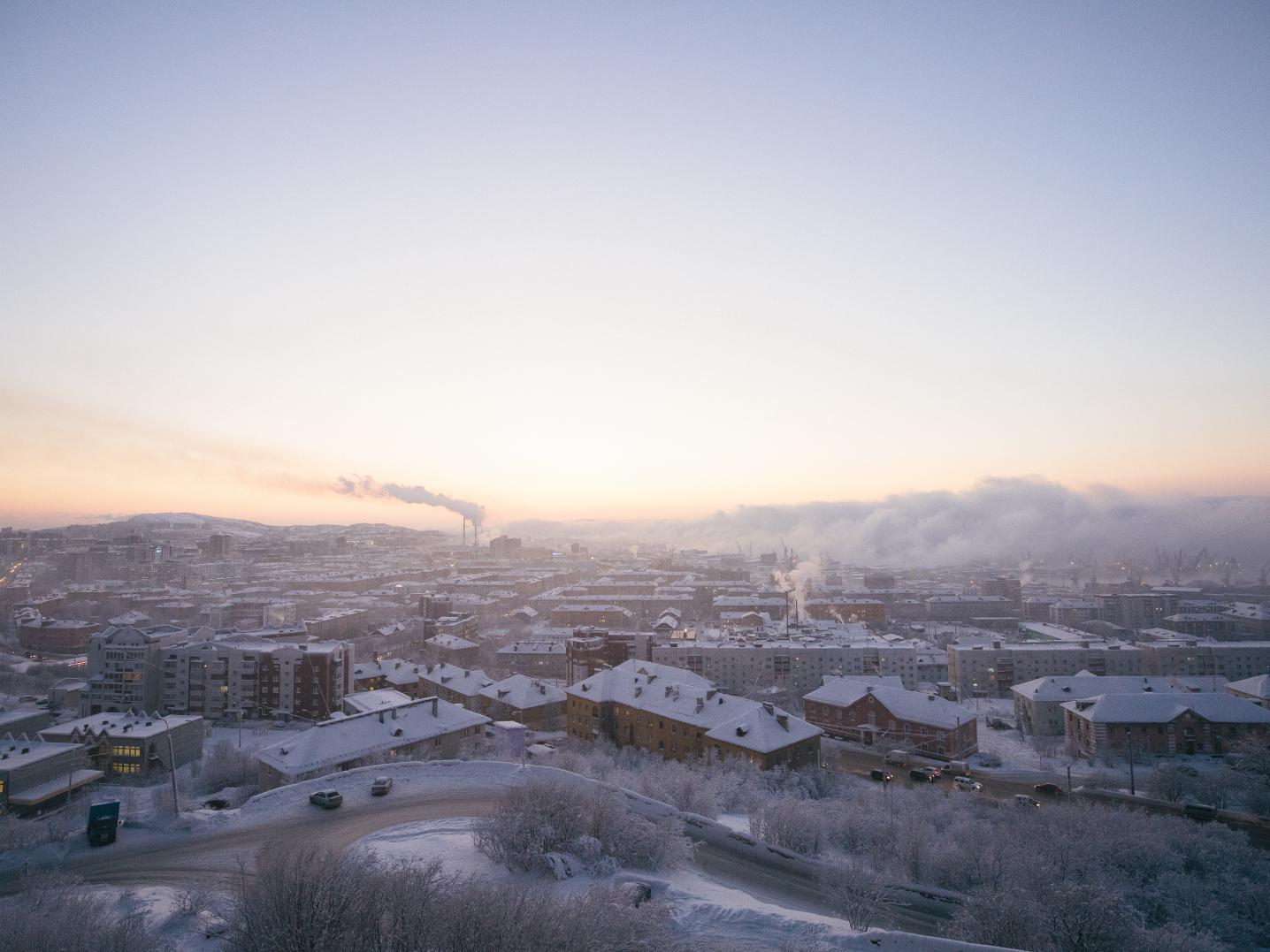
Can you share with us some of the results so far?
"Well, one of the great outcomes is exchange. Fridaymilk now comes to Amsterdam every year, and we extend our network to them through our Sonic Acts festival. This has supported them to create their own festival, Inversia. But it has also enabled a lot of artists and makers to go to Murmansk and develop and show work there, give workshops and create collaborative works. And most of these projects aren't just one-off residencies or presentations. Usually they have a lot more impact and people continue to return. These lasting collaborations become bridges between makers, organisations and communities – the importance of which cannot be overstated.
Of course you can never predict what the outcome of a single exchange will be, but when we look back on history it is obvious how important cultural exchange has always been in the past. It might not benefit society in the short term, because when you set out to explore something, it may or may not result in something useful. But when you invest in something properly, you know that eventually it will pay off. Collaboration is about bringing people together. It's the best investment there is.
The only thing I would wish for, is that we could focus more on the long term. The subsidy of the Creative Industries Fund NL ends this year, and it is still unclear if, and in what form it will continue – which is unfortunate. We feel it's important to continue our collaboration, so we will look for ways to carry on, one way or another. But it would be very helpful if there would be a more structural support in place. Because creating real impact takes time."
*In 2018, the Creative Industries Fund NL published an open call for projects of designers, makers, curators and cultural organisations in the Netherlands that focus on sustainalbe and inclusive societies. The open call invited Dutch cultural actors to collaborate with counter parts in Turkey, Russia, Egypt or Marocco to address current issues or developments in the creative industries field of the concerned countries. Sonic Acts was one of the selected organisations to receive the grant.
Check out the complete overview of Dutch cultural activities in Russia in our database. If you are a cultural professional who wants to cooperate with Russia, feel free to contact our Russia advisor Tijana Stepanovic.
For funding possibilities, check out our Cultural Mobility Funding Guide or the websites of our partners EYE International, Film Fund, Fonds Podiumkunsten, Het Nieuwe Instituut, Letterenfonds, Mondriaan Fonds, Creative Industries Fund NL, the Embassy of the Kingdom of the Netherlands in Russia or the Consulate-General of the Netherlands in Saint Petersburg.
